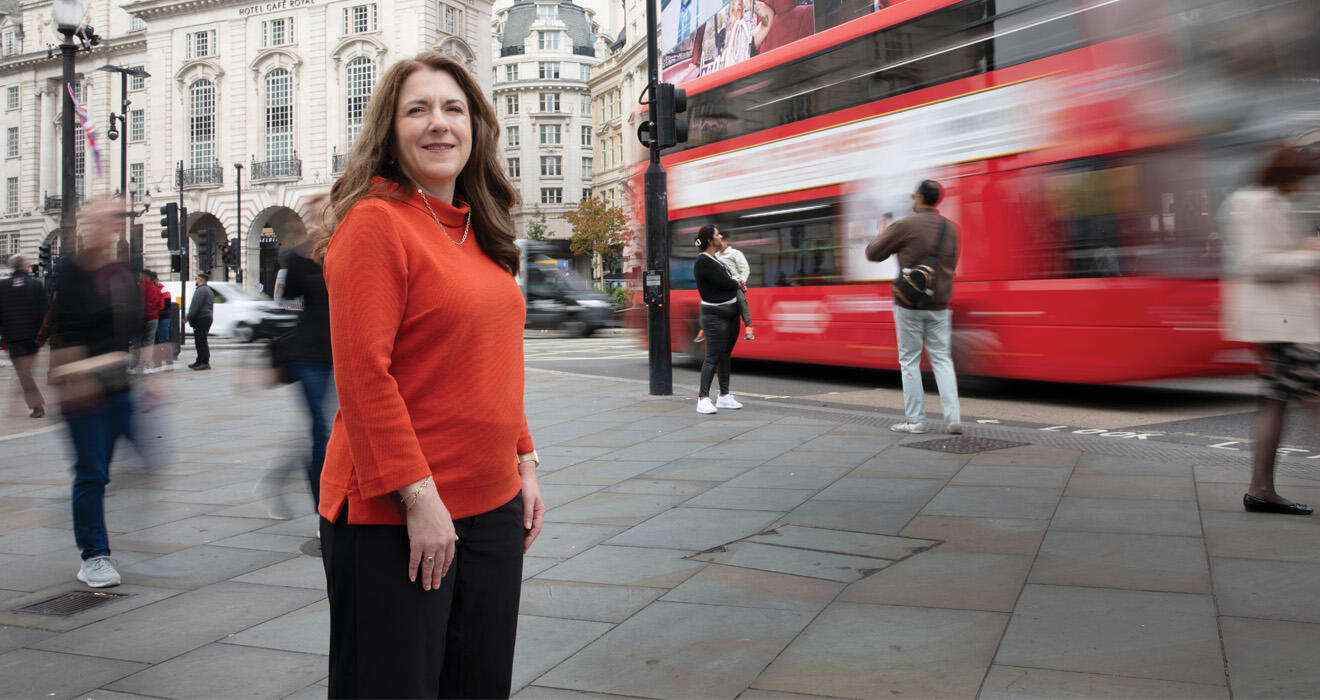
Traveling across the heart of central London from King’s Cross St. Pancras Station to Waterloo Station is a relatively short trip, but there are any number of ways to go. Underground or above ground? By bus, cab, car, bicycle, or on foot? Hard to believe, but there are 18 different routes for covering those three miles just on the Tube, as London’s subway system is called, not to mention the various surface options. Lauren Sager Weinstein ’95 knows them all.
She knows them because she has had them counted and analyzed, studying millions of bits of information that commuters create every day. Sager Weinstein is the chief data officer of Transport for London (TfL), the agency responsible for almost all of London’s vast transportation network.
Vast is not an exaggeration. London’s Tube or Underground has about the same ridership of New York’s subway system, but TfL’s network extends far beyond running the subway. The organization also oversees day-to-day operations of 8,700 buses and various surface rail lines (which are run by independent contractors), collects fees from motorists in London’s congestion pricing system, and operates 800 docking stations for e-bikes. It also licenses the taxis, not just the traditional boxy black ones that roam the streets, but river ferries on the Thames. Because it maintains the medians and greenspace along major roadways, TfL even tracks the location of 40,000 trees.
“If you’re walking on the pavement and crossing the street, you’re touching our network because we also run all the traffic lights,” Sager Weinstein boasts. Sixty-four hundred traffic lights, in fact. She knows that number, too.
As a data engineer, Sager Weinstein does not run those systems herself. But she and more than a hundred coders, analysts, and computer scientists working for her collect mountains of information about them. Their job is to make sense of it all, not just for the organization, but to improve life for Londoners and tourists.
A good way to illustrate this is to revisit that short but surprisingly complex journey from King’s Cross to Waterloo Station. The TfL Go app, which Sager Weinstein’s colleagues developed and relies on data her team assembled, was introduced in 2020 and has been downloaded more than 7 million times. It instantly shows the best route options at any time of day. Riding the Tube, for example, one could take the Bakerloo line, changing to the Victoria line at Oxford Circus. Overland, one could ride either the 1 or 68 bus for eight stops, exiting at Upper Woburn Place and then walking the last third of a mile. If it’s a nice day, one could also rent a bicycle; Santander Bank sponsors them, but TfL collects the fees. Or walk. In each case, the app traces the route.
Besides planning a single journey, TfL Go gives updates on service interruptions, congestion, and other delays. It shows how busy each Tube station is at any time of day, and which stations have elevators, so passengers with disabilities can avoid the escalator or steps. It also shows when every bus is scheduled to reach its next stop, in real time.
If one were really a glutton for information, the Network Demand Dashboard, accessible on the TfL website, shows almost unimaginable amounts of historical data, such as the amount of traffic on each bus route and Tube line for every day since 2019. TfL also collects Wi-Fi pings from cellphones in the pockets of customers moving through each station (anonymizing the information to preserve privacy), showing which platforms are crowded and where advertisements will get the most views.
Sager Weinstein and her team began looking at how to use data from ticketing systems starting back in 2005, in collaboration with universities in the U.K. and the United States, including MIT. Transit agencies in other U.S. cities now use the data analytics technology routinely, including Boston, Chicago, and Washington, but TfL was one of the early adopters.
“TfL was the place where we substantially enhanced this functionality,” says Jinhua Zhao, a professor at the MIT Transit Lab who has worked with Sager Weinstein for many years.
While all this information may be fascinating, it can also be overwhelming unless it is organized, synthesized, and applied to solve problems. But first someone must decide which problems need to be solved. That is where Sager Weinstein comes in. Rather than chief data officer, she thinks a better title for her job would be chief data detective.
“It’s more than just about being curious,” she explains. “We’re trying to solve problems and look at things in a new way. My job is to help us decide, first, what are the right questions? What would we do differently if we had answers to those questions? And how do we get the information needed to answer them properly?”
In 1995, when Sager Weinstein graduated, her current job did not exist. (Capital One Bank was the first company to appoint someone as a “chief data officer,” in 2002.) She grew up in the Washington, D.C., suburbs; before she was born, her father, an engineer, had worked with NASA’s mission control on the Apollo moon landings. A data maven from an early age, Sager Weinstein appeared on the TV game show Jeopardy! while still in high school, though she did not win. (“The buzzer was really tricky,” she contends.)
At Princeton, Sager Weinstein was active in campus theater, the Quipfire! improv group, and the glee club, and was a founding member of the Jewish a cappella group, Koleinu. She majored in the School of Public and International Affairs. Hoping to work in government after graduation, she went to Los Angeles, first as an aide to a city council member and then as a research assistant at the RAND Corp., a nonpartisan think tank.
Rather than pursue a career in academia, Sager Weinstein entered Harvard’s John F. Kennedy School of Government, earning a master’s degree in public policy. It was there, in 2002, that she came to the attention of Eric Rothman ’93, who hired her to join his business planning team at TfL, which had been founded only two years earlier. Sager Weinstein and her husband, Jacob Sager Weinstein ’94, decided to move to London, thinking they might stay for a year before moving on. “Famous last words,” she laughs.
From Rothman’s perspective, Sager Weinstein was the perfect fit. “She really ticked a lot of the boxes for what I was looking for in terms of inquisitiveness and an analytic base in how she approaches things,” he says. “She was always extremely capable of taking on additional assignments.”
For her part, Sager Weinstein was attracted by the opportunity to shape a huge municipal agency from the ground up. TfL was formed to consolidate London’s transportation systems, which had been spread among more than a dozen agencies at different levels of government. It is a division of the Greater London Authority, the entity that provides citywide services to London’s many boroughs. TfL’s annual budget comes primarily from ridership fares along with funding from national and local sources and private entities.
TfL’s extensive scope, which is unique among municipal transportation agencies, was another attraction. “It gives us an ability to think holistically about how people move around London,” Sager Weinstein says. Her first job was to advocate for a huge increase in funding. “We were able to say, if you make this big investment, in money, in infrastructure, in engineering, you will get a real return out of it.” TfL gained that funding, and Sager Weinstein spent three years as chief of staff for its finance and planning division.
In 2007, Sager Weinstein moved to a different challenge when she took charge of developing TfL’s Oyster card for contactless payments. The agency had introduced Oyster in 2003, enabling Underground riders to pay for transit without queuing up to buy a weekly or monthly fare card. They were now gathering massive amounts of information as passengers tapped into and out of the system each time they traveled. What could TfL do with that data, and what questions could it help them answer?
Oyster arrived just as the so-called Big Data revolution was taking off worldwide. In 1939, the London Underground tried to assess ridership patterns by collecting 4 million paper tickets over a three-day period; it took six months to sort them all out by hand. As recently as about a decade ago, TfL measured usage patterns at its Underground stations by asking commuters to complete paper surveys once a year, hoping to grab people on their way to or from work. They surveyed the bus lines once every five years.
Now able to gather information on millions of passengers every week and sort that information almost instantaneously, Sager Weinstein and TfL collaborated with MIT and several other universities to help make sense of it. MIT developed a program called ODX, which stands for Origin Destination and Transfer (or Exchange), to model transit patterns. It involves more than just looking at where someone entered and exited the system and can be used across different types of transportation. Suppose a passenger taps on the network when they enter the Tube, taps out at a different Tube station, and then taps on to a bus that stops at the corner. Bus passengers don’t have to tap out when they get off the bus, but if that same card next taps in at another Tube or bus stop nearby, the program can infer that the passenger was making one long journey.
More recent technological advances, such as tracking Wi-Fi pings from commuters’ cellphones, enable TfL to understand how people move through the system, to discern which of those 18 possible Tube routes between King’s Cross and Waterloo, in other words, they actually prefer.
“Now we can understand that Saturday [traffic] is different from Wednesday, and that last Wednesday is different from this Wednesday,” Zhao says. “You can get a much more nuanced understanding.” TfL expanded its contactless payment system to include credit and debit cards across the network in 2014.
Besides making travel smoother, TfL has used big data to respond to big challenges that place stresses on the system, such as the 2012 Summer Olympics and Queen Elizabeth II’s funeral in 2022, advising riders on how to get to and from events smoothly or avoid them altogether. During the pandemic, Sager Weinstein and TfL used their extensive network information to advise the prime minister and cabinet on how to tailor public messaging to ensure that passengers followed safety guidelines.
“That was a huge opportunity in a very uncertain time to use data to help inform public policy,” Sager Weinstein says.
After serving as head of Oyster development from 2007 to 2012, Sager Weinstein was named TfL’s first head of analytics in 2012, and its chief data officer in 2017.
There is an old adage that “data” is the plural of “anecdote,” but think about that relationship in reverse. Each anecdote is a person moving around the city, making decisions about where they want to go and how to get there. Data shapes the rides. The rides shape the journeys. The journeys shape the system. The system shapes the city.
Proximity to public transportation can be a key factor driving development and economic growth. Sager Weinstein has already seen this happen during her time at TfL. The $26 billion Elizabeth line, the first new Tube line in nearly a quarter century, opened in 2022 and expanded TfL’s rail capacity by 10%, connecting the growing financial district around Canary Wharf to Heathrow Airport and rail stations outside the city. Sager Weinstein worked on the project from its early stages, helping make the case for why the large infrastructure investment would be useful. So far, it has paid off. According to the engineering firm Arup, 60% of London’s employment growth between 2015 and 2022 occurred within a kilometer of an Elizabeth line station, and tens of thousands of new homes were also built along the route.
Sager Weinstein says she believes that further expansion of TfL’s network, such as an extension of the Bakerloo Tube line to the south and an extension of light rail lines to the east, might also open old industrial areas to new development, create badly needed jobs, and perhaps ease the U.K.’s severe housing shortage.
“We’re a growing city,” Sager Weinstein says. “How do you make the case for new investment?”
She cites several pressing challenges to the network. Some are perennials, such as whether TfL can continue to secure enough funding. Another is the emergence of autonomous vehicles, which TfL has already begun to study. Still, another is climate change. Creating an entire fleet of electric buses by 2034, as TfL has pledged to do, is only part of the issue. “How do we design our networks — walking, cycling, buses, roads, freight, trains — and how do they all fit together for a world where we’re having people reduce their carbon emissions getting to net zero?” Sager Weinstein asks.
Like any story about tech these days — like any story about anything, really — one question is about the effects of artificial intelligence. Sager Weinstein points out that TfL has used forms of AI and machine learning for many years. New generative AI might produce better design processes and streamline existing processes, but Sager Weinstein says she is neither a champion nor a skeptic. Any new technology only raises the eternal questions: What could we do with this information if we had it? Would it help us run things better? Would it help us provide better services and information to our customers in a way that is easy?
Sager Weinstein is now a true Londoner who rides TfL frequently from her home in North London to her offices south of the Thames. But she notes that, like most riders, her journeys are rarely exactly the same from day to day. Some days she may have a meeting that takes her to a different part of the city. She may go in late after waiting at home for a delivery or leave early to attend one of her children’s school events. She may stay in central London in the evening to go out to dinner or the theater.
There are lots of places to go and a staggering number of ways to get there.
“People live in London because they want to be part of the life of London,” Sager Weinstein says. “Our role at TfL is to connect people together.”
Mark F. Bernstein ’83 is PAW’s senior writer.

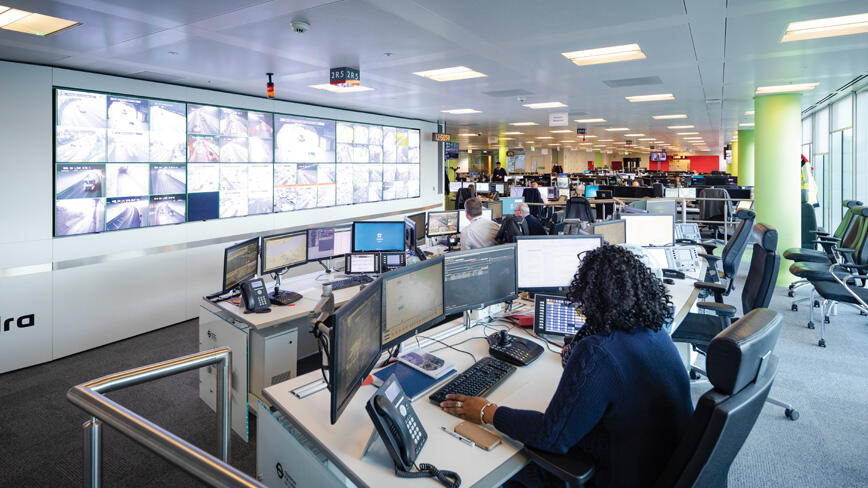
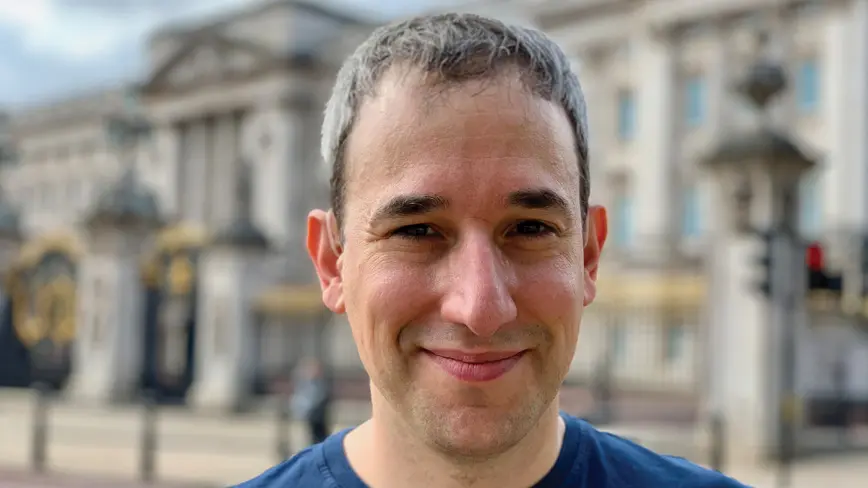
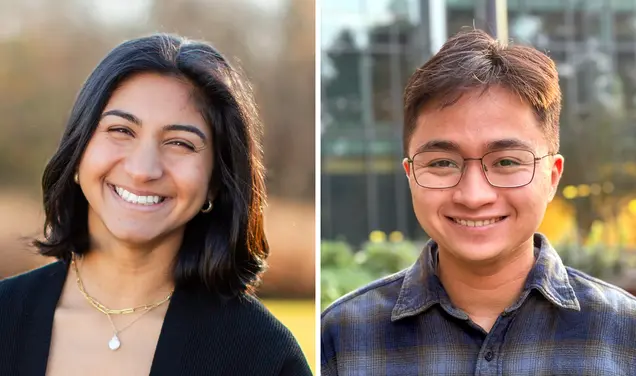
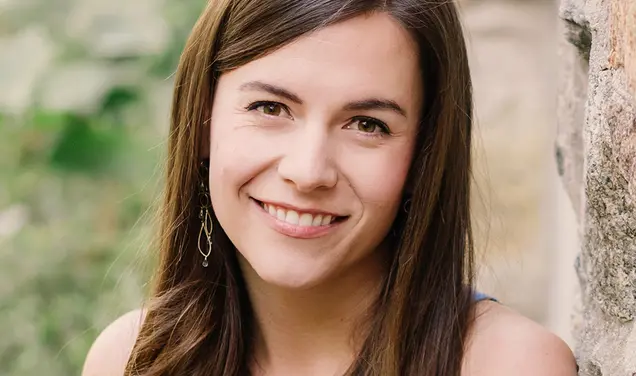
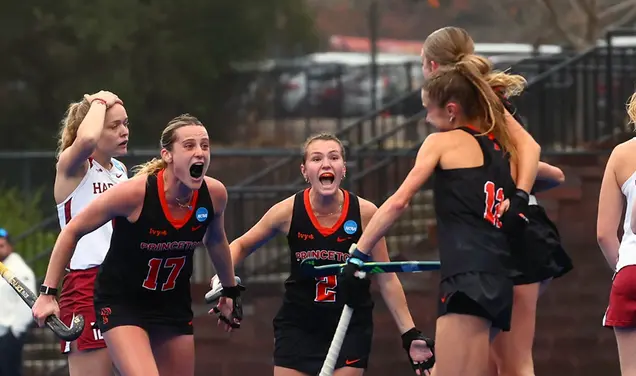

No responses yet